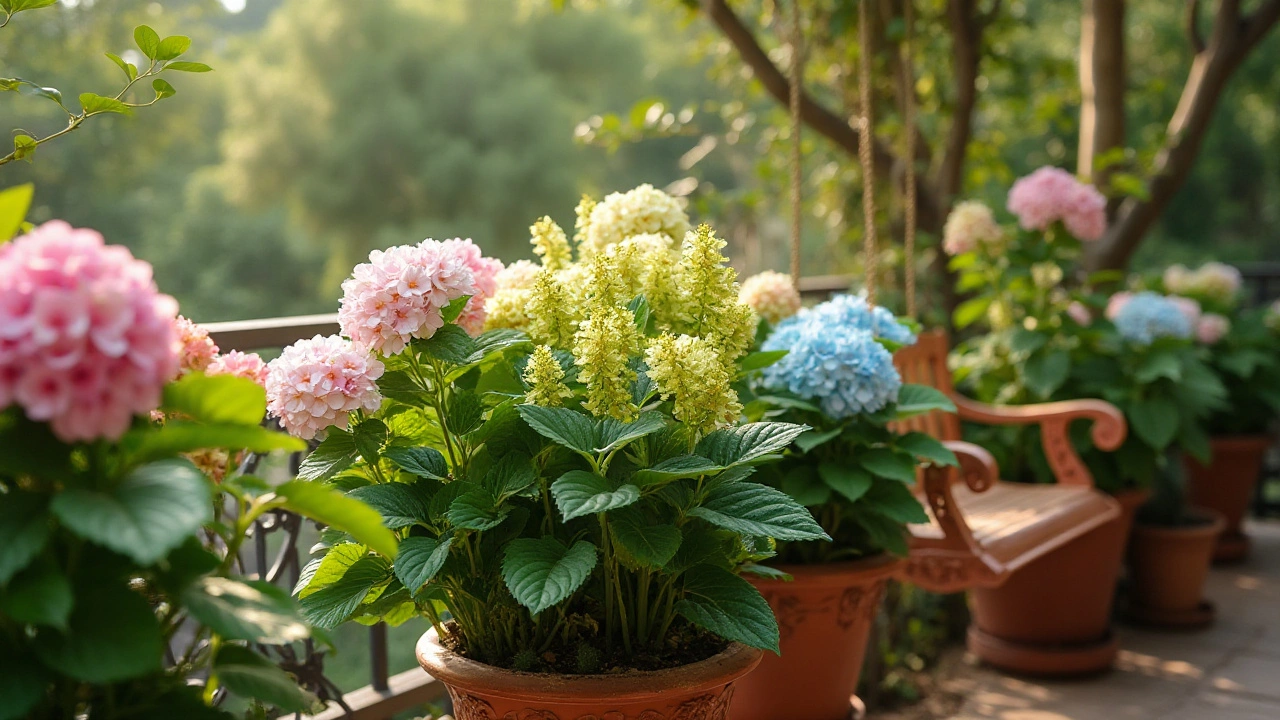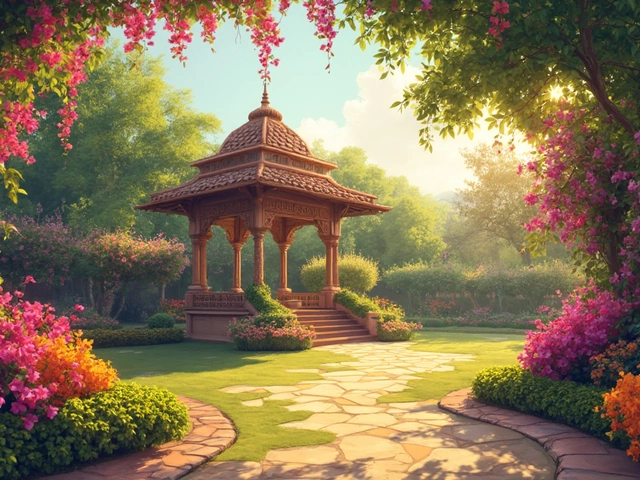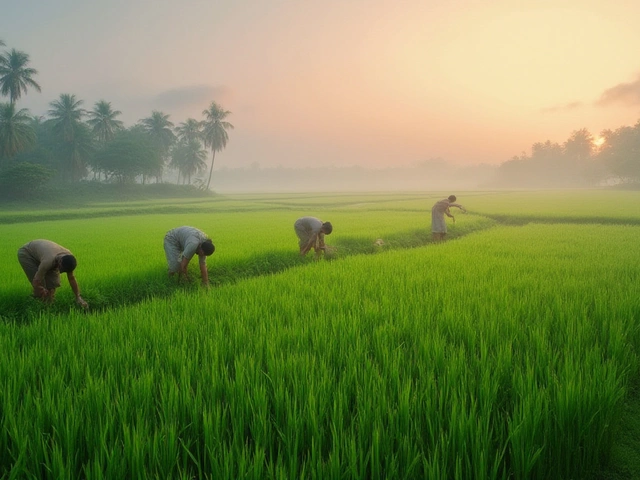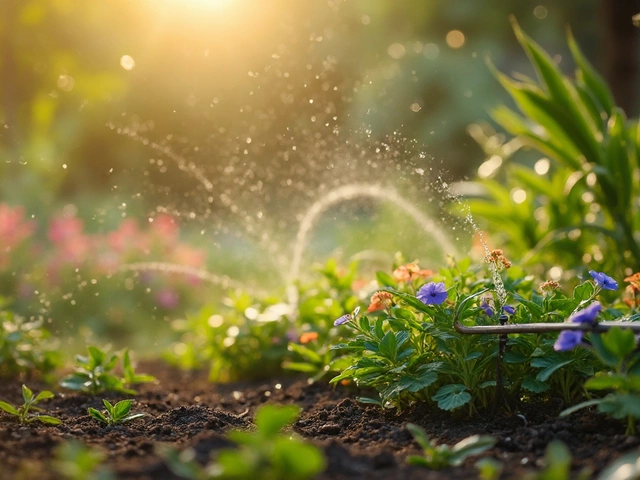Hydrangeas Care Guide for Indian Gardens
Hydrangeas are the show‑stoppers of any garden, but many Indian gardeners think they’re too finicky. The truth is they’re pretty adaptable if you give them the basics right. Below you’ll find practical steps to pick the right variety, set it up in the ground, and keep it blooming all season.
Choosing the Right Hydrangea for Your Climate
India’s climate ranges from hot plains to cool hills, so not every hydrangea will thrive everywhere. In the north‑west and hill stations, big leaf varieties like Hydrangea macrophylla (bigleaf) love the cooler nights and can change color with soil pH. In the hotter, humid zones of the south and east, look for shrub types such as Hydrangea paniculata or the hardy Hydrangea arborescens. These tolerate higher temperatures and still put on impressive clusters.
When you shop, check the plant tag for hardiness zones. Most bigleaf types survive up to zone 8, while paniculata can push into zone 6. If you live in a region that sees temperatures above 35 °C for long stretches, plant in a spot that gets afternoon shade. A little shelter from the harsh sun makes a huge difference.
Watering, Soil, and Pruning Tips
Hydrangeas love moisture, but they don’t enjoy soggy roots. Aim for consistently damp soil – think “a wrung‑out sponge.” In the rainy season, a simple mulch layer of coconut husk or straw keeps the soil cool and reduces weed competition. During dry months, water deeply once a week, making sure the water reaches at least 30 cm deep. Early morning is best; it lets the foliage dry before night, lowering fungal risk.
Soil should be rich, loamy, and slightly acidic (pH 5.5‑6.5) for bigleaf hydrangeas that turn blue. If you want pink blooms, add a handful of garden lime each year to raise the pH. For paniculata and arborescens, neutral to slightly alkaline soil works fine, so you can skip the pH tweaks.
Pruning is where most mistakes happen. Bigleaf hydrangeas bloom on old wood, so trim only after they finish flowering, usually in late summer. Cut back just enough to tidy the shape and remove dead stems. Paniculata and arborescens bloom on new wood, so you can prune hard in late winter or early spring. Cut back to about 30‑45 cm from the ground, which encourages fresh shoots and bigger flower heads.
Keep an eye on pests like aphids, whiteflies, and mealybugs. A quick spray of diluted neem oil or a wash with mild soap solves most infestations. For fungal problems, especially in humid areas, apply a copper‑based spray early in the season and avoid overhead watering.
Finally, feed your hydrangeas with a balanced, slow‑release fertilizer in spring. A 10‑10‑10 mix applied at the base of the plant supports steady growth without over‑feeding. Too much nitrogen can keep the plant leafy at the expense of blooms, so stick to the recommended dose.
With the right variety, proper watering, soil tweaks, and seasonal pruning, hydrangeas become a low‑maintenance centerpiece that colors your garden from spring right through to autumn. Give these steps a try, and you’ll see why hydrangeas are a favorite among Indian gardeners who want big, beautiful blossoms without endless hassle.

Avoiding Mistakes: Where Not to Plant Hydrangeas on Your Balcony
Hydrangeas are charming, versatile plants that can transform any balcony garden, but choosing the wrong spot for them can lead to disappointing results. Factors such as excessive sunlight, poor drainage, and lack of space can hinder their growth. Understanding the specific needs of these plants ensures they thrive beautifully. This article explores unsuitable locations and provides practical tips for optimal hydrangea placement on your balcony.
About
Balcony Gardening
Latest Posts


Best Soil for Rice Cultivation: Secrets to Thriving Paddies
By Alden Thorne Jul 17, 2025

Best Year-Round Plants: Which Hardy Variety Thrives in Every Season?
By Alden Thorne Jul 12, 2025

Dripper vs. Emitter: What's the Difference in Drip Irrigation?
By Alden Thorne Mar 26, 2025
